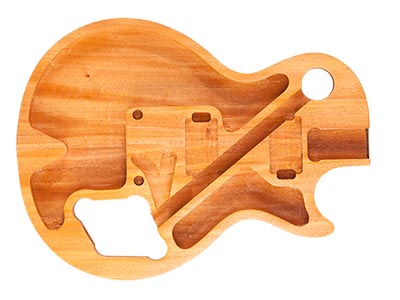Lerxst
spaghetti and blankets
I was referring to the ultra short rocker joint, which I really don't like the idea of.
Then again, it is Gibson.
IIRC most of the production guitars have abandoned the short tenon/rocker tenon at this point for the key hole one as pictured above





